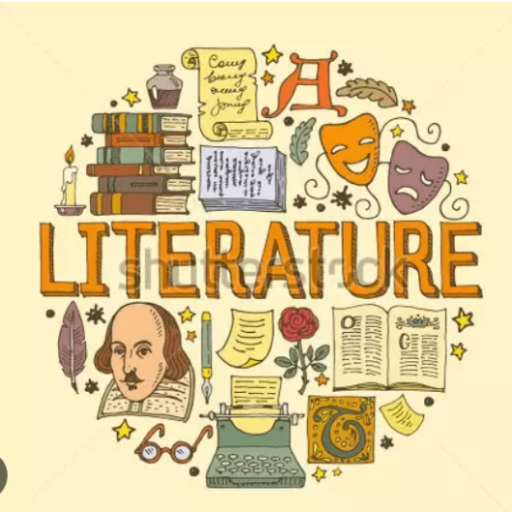Let’s discuss a comprehensive summary of The Prince and the Pauper by Mark Twain which is a captivating novel set in 16th-century England. This article provides a comprehensive summary of the book, exploring its themes, characters, and the lessons it imparts.
Whether you’re a fan of historical fiction, a literature enthusiast, or simply curious about Mark Twain’s work, this summary will offer you a glimpse into the fascinating world of “The Prince and the Pauper.”
Advertisement
The Prince and the Pauper by Mark Twain Summary
Mark Twain’s “The Prince and the Pauper” is a highly acclaimed literary masterpiece that has captured the hearts of readers worldwide.
Advertisement
This iconic novel tells the story of two boys, Prince Edward Tudor and Tom Canty, who come from vastly different backgrounds but bear a striking resemblance to each other.
Advertisement
Through a chance encounter, they decide to switch places, leading to a series of adventures and personal growth.
Advertisement
“The Prince and the Pauper,” Mark Twain, summary: Background of the Story
“The Prince and the Pauper” is set in 16th-century
England was a time of stark social divisions. The main characters are Prince Edward Tudor, the son of King Henry VIII, and Tom Canty, a young pauper living in poverty. While the prince enjoys a life of luxury and privilege, Tom struggles to survive in the harsh conditions of London’s slums.
The Chance Encounter
Fate brings Prince Edward and Tom Canty together, and they are astonished by their uncanny resemblance. Curiosity piqued, they decide to exchange clothes and assume each other’s identities, hoping to experience life from a different perspective.
Prince Edward, fascinated by the outside world, ventures into the pauper’s existence, while Tom steps into the opulent shoes of the prince.
The Switch
Initially hesitant, Tom Canty ultimately agrees to the switch, enticed by the allure of a life free from hunger and poverty. Prince Edward, despite his initial reservations, relishes the idea of exploring the city and understanding the lives of his subjects. Thus, their extraordinary adventure begins.
Challenges and Adventures
As Prince Edward dons the pauper’s rags, he discovers the harsh realities faced by the impoverished. Hunger, illness, and the cruelty of society awaken his empathy and transform his understanding of the world. Tom Canty, on the other hand, struggles to navigate the intricate web of courtly etiquette, facing immense pressure to uphold the appearance of a prince.
Throughout their journey, both boys encounter a series of challenges and adventures that test their resilience, courage, and resourcefulness. From narrow escapes to unexpected friendships, each experience leaves an indelible mark on their lives.
Lessons Learned
The switch profoundly impacts both Prince Edward and Tom Canty. The prince, once sheltered from the struggles of his subjects, gains a newfound appreciation for the less fortunate.
Witnessing poverty firsthand fuels his desire for social reform and a fairer society. Tom Canty, while initially dazzled by the opulence of the palace, learns that true honor and compassion lie not in material wealth but in empathy and kindness toward others.
Reunion and Resolution
After enduring numerous hardships and obstacles, Prince Edward and Tom Canty plan to return to their rightful places.
However, their reunion is fraught with complications, as individuals in power become suspicious of their true identities.
Mark Twain masterfully weaves a tale of suspense, drama, and unexpected twists as he brings the story to a satisfying resolution.
Themes Explored: The Prince and the Pauper by Mark Twain Summary
“The Prince and the Pauper” delves into several profound themes. It explores the stark contrast between social classes and the inequalities prevalent in society. The novel also delves into the theme of identity, highlighting how circumstances shape individuals and their perceptions of the world.
Friendship and loyalty are other important themes, as the boys forge unexpected connections and find support in the most unlikely places. Ultimately, the power of perspective and the ability to empathize are central to the story.
Critical Reception and Impact
Upon its release, “The Prince and the Pauper” received critical acclaim for its engaging narrative, vivid descriptions, and well-drawn characters.
Mark Twain’s unique writing style, blending humor and social commentary, captivated readers of all ages.
The book’s enduring popularity is a testament to its timeless appeal and the author’s ability to resonate with audiences across generations.
Conclusion: The Prince and the Pauper by Mark Twain Summary
“The Prince and the Pauper” is a captivating novel that transports readers to 16th-century England, offering a tale of adventure, identity, and social commentary.
Through the trials and tribulations faced by Prince Edward and Tom Canty, Mark Twain explores themes that remain relevant today. This enduring work showcases Twain’s exceptional storytelling ability and his knack for creating memorable characters that resonate with readers of all backgrounds.
Frequently Asked Questions
A: Mark Twain drew inspiration for “The Prince and the Pauper” from his own fascination with the concept of identity and the stark contrasts between social classes. He was intrigued by the idea of exploring the lives of individuals from different backgrounds and the potential for personal growth and empathy that could arise from such experiences.
No, “The Prince and the Pauper” is a work of historical fiction and not based on a true story. However, Mark Twain skillfully weaves the narrative into the historical context of 16th-century England, creating a vivid and believable backdrop for the adventures of the two main characters.
Mark Twain was a prolific writer, and his literary contributions extend far beyond “The Prince and the Pauper.” Some of his other notable works include “Adventures of Huckleberry Finn,” a novel that explores themes of race, freedom, and morality in the context of pre-Civil War America.
“The Adventures of Tom Sawyer” is another well-known work, capturing the mischievous escapades of a young boy growing up in a small town along the Mississippi River. Twain’s wit and satire are showcased in works such as “The Celebrated Jumping Frog of Calaveras County” and “A Connecticut Yankee in King Arthur’s Court.”

